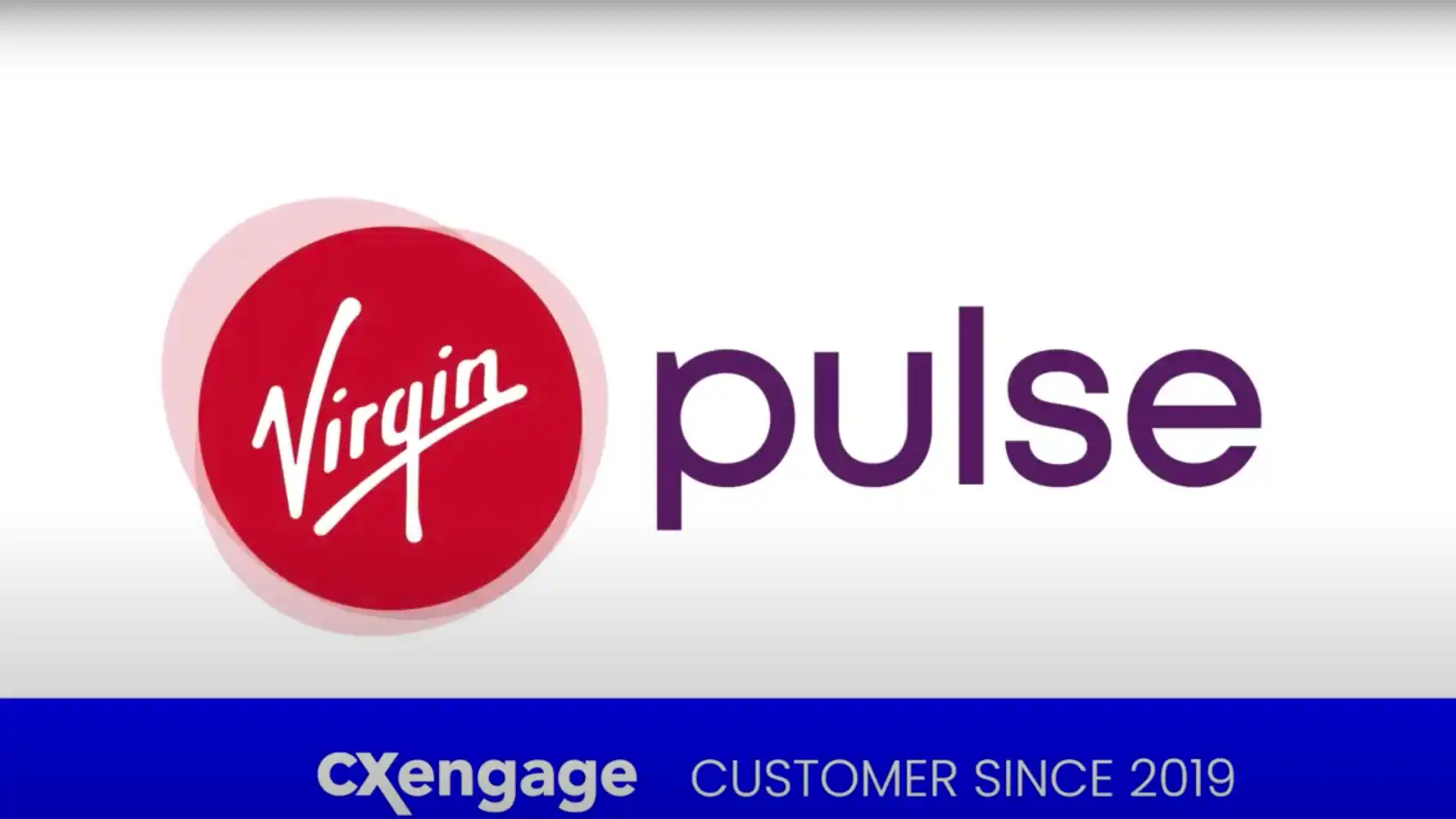Analytics are becoming vital to bring about improvements to the agent experience—ultimately reducing turnover rates and improving the service agents deliver.
Customer experience analytics designed for employees typically fall into three primary categories:
- Executive dashboards: Analytics tools that leverage roll-ups of both internal and external customer ratings, including structured and unstructured data. They also may couple this with contact-center agent performance, independently gathered sentiment analysis of customer interactions and competitive analysis. Executives use this data to make strategic decisions on company direction, marketing, sales and product development.
- Performance analytics: Data and analysis that evaluates how agents are performing, using various Key Performance Indicators. Increasingly, supervisors are using this information to coach agents, serve as fodder for gamification and deliver rewards. The performance analytics can deliver advice to analysts in a self-service manner, with critique of their verbal queues, tone of voice, speed of talking, etc. For example, screen pops can recommend when to ask for a sale or escalate to a supervisor.
- Customer contextual analytics: Tools that deliver real-time analysis to help agents make on-the-spot decisions, recommendations and changes to their approach. By using sentiment and predictive analytics, along with natural language processing (NLP), desktop apps can deliver screen pops with recommendations. Or, chatbots can use the information to search for useful information. For example, if NLP interprets that a frustrated customer is looking for sofas in a specific color, the bot can check inventory before the agent recommends one that isn’t in stock. At the same time, it can alert a supervisor about an upset customer.
One reason these tools are winning attention of CX leaders is because the leadership itself is improving. Companies increasingly are hiring Chief Customer Officers (CCOs), who are leveraging analytics data with other members of the C-Suite (including the Chief Marketing Officer, Chief Revenue Officer and others) to make companywide changes that ultimately improve customer experience.
Today, 37.2% of companies have a CCO, up from 25% last year. Another 24.9% are planning to add one by the end of 2020, according to Nemertes’ 2019-20 Intelligent Customer Engagement research study of 518 global organizations.
The CCO is raising visibility among executives about the value of delivering stellar customer interactions. Given customers can make or break a company’s quarter with one viral tweet, it’s important to have data and track changes—and be nimble enough to react to changing analytics.
As companies invest more in analytics tools, high-level executives are using the data to make important strategic decisions. As the chart below shows, executives are the biggest group using analytics data, at 48.3%. Not far behind are specific C-level executives, including the CMO, CCO and head of sales). Contact center supervisors and agents use the data to a lesser extent, but we expect this to grow quickly.

The use of analytics is becoming a must-have in any CX strategy—the question is how pervasive will the tools be and to what extent they will act on the data to improve metrics. To learn more about how analytics deliver a competitive edge for CX, watch the webinar.






